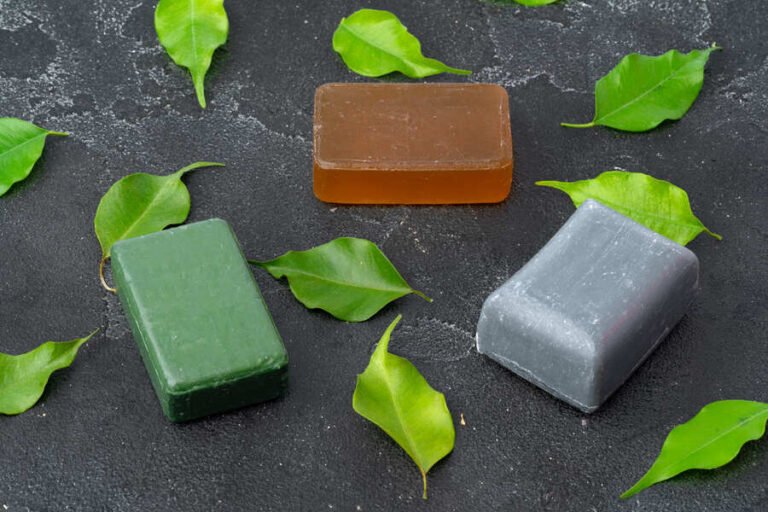Are you ready to get your glow on? Tanning can be a great way to feel confident and look your best, but it’s important to ensure you’re tanning safely.
The best UV index for tanning is typically between 3 and 5. With the right precautions and knowledge, you can get a beautiful golden tan without risking sunburn or skin damage.
So get ready to bask in the sun – the perfect tan awaits!
Key Takeaways
- The UV index ranges from 0 to 11+, with higher numbers indicating greater intensity.
- To tan without burning, it is important to use the least SPF sunscreen and limit sun exposure.
- Protective measures such as wearing sunscreen with SPF 30 or higher, protective clothing, and seeking shade between 10 AM and 4 PM are essential for safe tanning.
- Consider the UV index levels when selecting a beach spot to ensure a safe tanning experience.
Estimating Skin Type
By using the Fitzpatrick scale, you can estimate your skin type and determine the best UV index for tanning. Darker complexions have more natural protection from the sun, while sunburn frequency indicates over-exposure and the need for precautions.
Light complexions should limit sun exposure during peak hours, while darker complexions can tolerate more sun before needing protection. Personal history with sun exposure can help you decide what sunscreen SPF and other protection is necessary to get the best tanning results.
Calculating Tanning Time
Once you have determined your skin type using the Fitzpatrick scale, you can calculate the ideal tanning time for you.
It’s important to take the UV index, tanning duration, and weather conditions into consideration, as high radiation levels can cause skin damage.
Sunscreen with SPF 30 or higher and protective clothing should be worn, and tanning time should start off short and gradually increase.
As the UV index increases, it’s important to reduce tanning time accordingly to avoid skin damage.
Impacting Factors
When planning a tanning session, there are many factors that can impact the UV index: time of day, season, latitude, altitude, and cloud cover.
To ensure safe tanning, it’s crucial to be aware of the UV index and use protective clothing, sunscreen, and UV light to reduce the risk of skin cancer.
In the summer months, darker skin tones may require longer exposure to UV radiation than lighter skin tones, so select a beach spot that suits your skin and existing tan.
Protective Measures
To ensure safe tanning, it’s important to take protective measures such as wearing sunscreen and protective clothing. Reapplying sunscreen every 2 hours is recommended, as well as limiting outdoor time and seeking shade between 10 AM and 4 PM in extreme UV environments. The UV index should be considered when selecting a beach spot that’s suitable for your skin type to minimize the risk of sunburn and skin damage. Darker skin tones may require longer sun exposure to achieve the desired tan. Protecting sensitive areas such as the eyes, lips, and scalp is essential.
UV Index Levels
Understanding the UV index levels is essential for finding the best UV index for tanning. The UV index measures the strength of ultraviolet rays and ranges from 0 to 11+, with 1 being the lowest, 3-5 considered moderate, and higher numbers indicating greater intensity.
To protect your skin, tan without burning, and get the best protection, use the least SPF and limit long periods of time in the sun. Wear sunscreen and protective clothing for the safest tanning experience.
Conclusion
Tanned skin looks great, but it’s important to make sure you do it safely. With the right precautions and knowledge, you can get the perfect tan with a UV index between 3 and 5.
So be smart and enjoy your tanning experience safely!
Frequently Asked Questions
Can I Tan in UV 4?
Yes! You can definitely tan in UV index 4. It’s a moderate exposure level, so you’ll get a gorgeous tan without risking severe damage. Just use sunscreen with at least SPF 30 and you’ll be golden—literally! Don’t forget to monitor your skin for any changes and adjust your tanning time accordingly.
How Long Should You Tan in UV 6?
To ensure safe tanning, limit your exposure to UV index 6. Wear sunscreen and protective clothing, and seek shade as needed. Reapply sunscreen frequently, and avoid long exposure to UV 6 radiation.
What UV Index Is a Sunbed?
The UV index of a sunbed depends on the equipment and settings, but generally falls within the moderate range of 3-5. That’s why it’s important to take precautions and monitor the index to ensure a safe and beautiful tanning experience!
Is UV Index 11 High?
Yes, a UV Index of 11 is considered high and dangerous. Sun exposure at this level can cause severe burns and diseases, so it’s best to stay indoors and out of the sun. Wear sunscreen and protective clothing to protect your skin.







